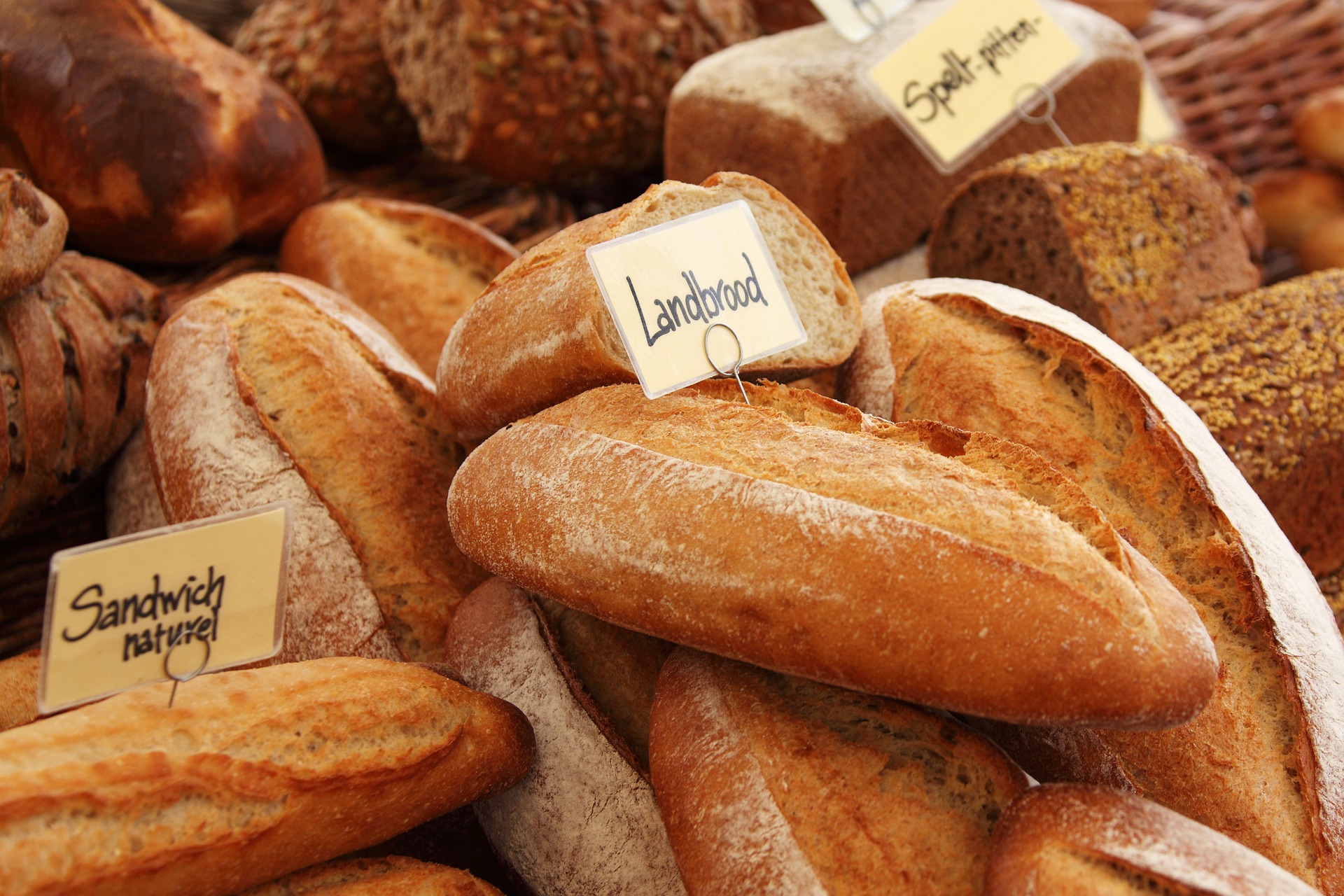Gluten is a lipo-protein that is found in many cereals and cereal products from flour, such as barley, rye, wheat etc. Some people are unable to absorb food containing gluten.
Professor Silvio Danese, Head of the Center for Inflammatory Bowel Diseases Humanitas, and host of Elixir transmission talks about gluten.
What do bread, salami, sausages, yogurt and tapenade have in common?
“In bread the existence of gluten is “obvious“, while all the other nominated foods contain so-called “hidden” gluten.”
What happens to people with Celiac disease if they ingest foods containing gluten?
“It creates an inflammatory reaction. Celiac disease is a condition in which several components are present. These include the environmental component, gluten itself, and genetics. In genetically predisposed individuals gluten creates and inflammation in the small intestine level (duodenum).”
Is it true that celiac disease has existed for a long time but patients didn’t know much about it?
“It is true, we have known about celiac disease for a long time, but in recent decades its incidence has increased. Today about one in a hundred is affected by celiac disease. A very interesting study revealed that over the past 5 years we have reached a kind of plateau, or a flat curve, in which the number of diagnoses will not increase.”
Symptoms of celiac disease can be confused with those of other diseases
“Some of the classic symptoms of celiac disease are diarrhea, bloating and indigestion. Symptoms that are common to other diseases as well. Other symptoms caused by malabsorption can occur, especially in children with growth retardation”.
What tests are suggested to diagnose celiac disease?
“Typically, the first step consists of a blood test, in order to verify the presence of two antibodies: the anti-transglutaminase and anti-endomysium. This exam is followed immediately by another, such as a gastroscopy with biopsies of the small intestine. The biopsy is crucial because only with histology can we safely diagnose celiac disease”.
What happens to the intestine of those with celiac disease?
“In patients with celiac disease, the intestinal villi are shorter. Therefore they become more stocky and are no longer able to absorb the food. As a consequence patients lose weight and have disturbed bowel regularity”.
What can we do if the tests do not confirm celiac disease, even though the symptoms are present?
“We must keep in mind that these symptoms are nonspecific and common to many diseases, such as irritable bowel syndrome or Crohn’s disease.”
Is there a therapy to treat celiac disease, or should patients just pay attention to the food they ingest?
“Simply eliminate gluten, and just follow a diet free of this substance. There is a 10% of patients with refractory celiac disease, for which further precautions are required. As mentioned previously, there are foods that contain hidden gluten, so you should be careful. Moreover, gluten is used in many industrial products such as thickeners. Examples of this are sweets or certain types of yogurt that contain fruit-based ingredients.”
Is a cure for celiac disease possible in the future?
“There are experimental drugs like endopeptidase, which can remove the “bad” part of gluten and other drugs that will help reinforce the intestinal barrier.”
-
3,400 Physicians
-
110,400 Annual surgeries
-
190,400 Annual Inpatient Admissions
-
928,000 Patients



